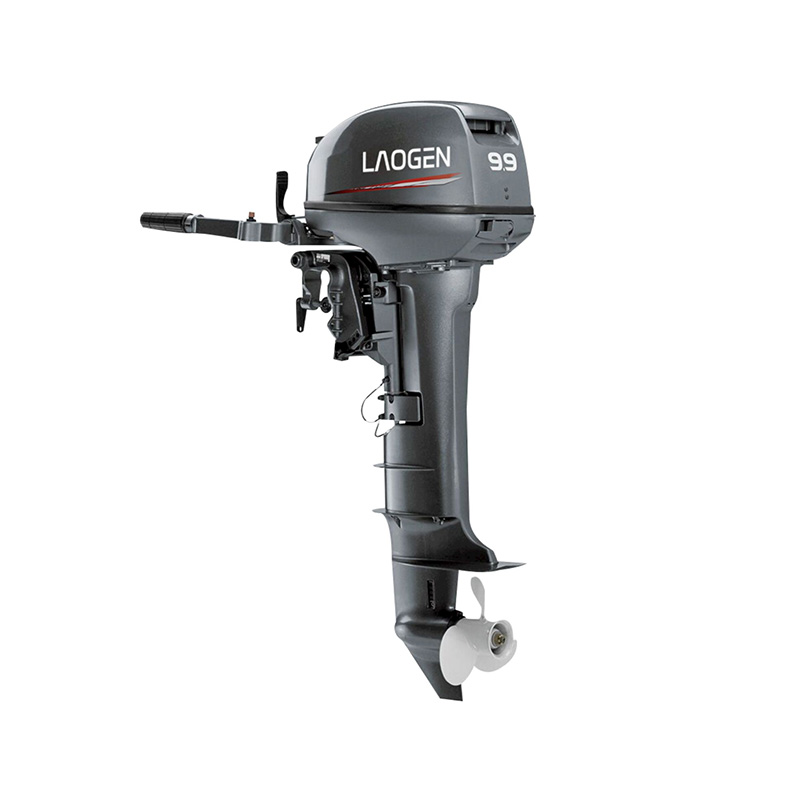Technological Development, Usage Scenarios of 2 Stroke Outboard Engine
High quality wholesale 2 stroke outboard engine for sale
The 2 stroke outboard engine has been a staple in the world of marine propulsion for decades, known for its lightweight, compact design, and high power-to-weight ratio. Despite advancements in 4-stroke technology, the 2 stroke outboard engine continues to hold a significant place in the hearts of many water enthusiasts due to its unique advantages. This article delves into the technological development of the 2 stroke outboard engine and explores its diverse usage scenarios to provide a comprehensive understanding of this powerful and versatile motor.
Technological Development
The history of the 2 stroke outboard engine dates back to the early 20th century when it was introduced as a simpler and more efficient alternative to the 4-stroke engine. The key innovation of the 2 stroke engine lies in its ability to complete a power cycle in two strokes of the piston (one up, one down) instead of four, resulting in a more compact and lighter design. This efficiency made it particularly appealing for small boats and personal watercraft.
Over the years, manufacturers have continuously refined the 2 stroke outboard engine to address initial concerns such as higher emissions and increased fuel consumption. Modern 2 stroke outboard engines now incorporate advanced technologies like direct fuel injection (DFI) and oil injection systems, which significantly reduce emissions and improve fuel efficiency. For example, DFI systems inject fuel directly into the combustion chamber, ensuring a more precise and complete burn, while oil injection systems automatically mix oil with fuel, eliminating the need for manual pre-mixing.
Additionally, advancements in materials science have led to the use of lightweight and durable components, further reducing the overall weight of the engine. High-strength aluminum alloys and composite materials are now commonly used, enhancing the durability and performance of the 2 stroke outboard engine.
Usage Scenarios
The versatility of the 2 stroke outboard engine makes it suitable for a wide range of water activities. Here are some of the common usage scenarios:
Fishing: One of the primary uses of the 2 stroke outboard engine is in fishing boats. Its lightweight and compact design make it easy to transport and install on small fishing vessels. The quick start and high torque characteristics allow anglers to reach their favorite fishing spots quickly and efficiently. Moreover, the quiet operation of modern 2 stroke engines ensures that fish are not disturbed, improving the chances of a successful catch.
Leisure Boating: For those who enjoy leisurely cruises on lakes and rivers, the 2 stroke outboard engine is an great choice. It provides sufficient power for casual boating without the need for a large, heavy engine. The ease of maintenance and low cost of ownership make it an attractive option for families and recreational users. The compact size also allows for easy storage and transportation, making it ideal for weekend getaways.
Small Boat Racing: In the world of small boat racing, the 2 stroke outboard engine is a popular choice due to its high power output and quick acceleration. The lightweight design ensures that the boat remains agile and responsive, giving racers a competitive edge. Many racing organizations have specific classes for 2 stroke outboard engines, highlighting their importance in this sport.
Emergency Rescue: In emergency situations, such as flood rescue operations, the 2 stroke outboard engine's agility and maneuverability are invaluable. Its quick start and high torque allow rescue teams to navigate through narrow waterways and reach stranded individuals quickly. The reliability and ease of use of 2 stroke engines make them a preferred choice for emergency response teams.
Camping and Outdoor Adventures: For outdoor enthusiasts who enjoy camping near lakes or rivers, the 2 stroke outboard engine is a ideal companion. Its compact size and lightweight design make it easy to transport, and it can provide the necessary power to explore remote areas. The simplicity and reliability of the engine ensure that it is less likely to break down, making it an ideal choice for extended trips.
Educational and Training Purposes: The 2 stroke outboard engine is also widely used in educational and training programs. Its straightforward design and operation make it easy for beginners to learn the basics of boat handling and motor maintenance. Maritime schools and community programs often use 2 stroke engines to teach water safety and navigation skills, making them an essential tool for education.
Conclusion
The 2 stroke outboard engine has come a long way since its inception, evolving into a highly efficient and versatile power source for a variety of water activities. From fishing and leisure boating to small boat racing and emergency rescue, the 2 stroke outboard engine continues to meet the needs of water enthusiasts worldwide. With ongoing technological advancements, the future of the 2 stroke outboard engine looks bright, ensuring that it will remain a popular choice for many years to come.


 English
English русский
русский











